Discover 10 hidden attractions, cool sights, and unusual things to do in Abydos (Egypt). Don't miss out on these must-see attractions: Temple of Seti I, Umm El Qa'ab, and Pyramid of Ahmose. Also, be sure to include Osireion in your itinerary.
Below, you can find the list of the most amazing places you should visit in Abydos (Suhaj).
Table of Contents
Temple of Seti I
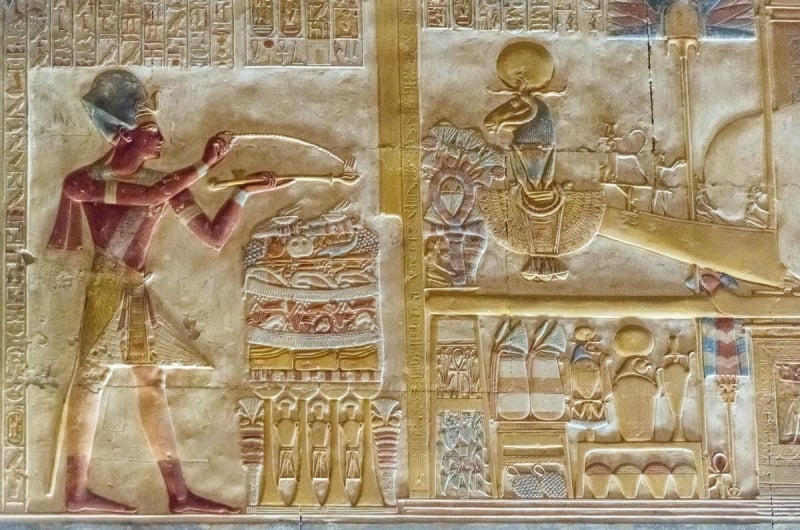
The temple of Seti I also known as the Great Temple of Abydos is one of the main historical sites in Abydos. The temple was built by pharaoh Seti I. At the rear of the temple there is the Osireion.
The temple is also notable for the Abydos graffiti, ancient Phoenician and Aramaic graffiti found on the temple walls.[1]
Umm El Qa'ab

Also known as: أم الجعاب
Necropolis. Umm El Qaʻāb is a necropolis of the Early Dynastic Period kings at Abydos, Egypt. Its modern name means "Mother of Pots" as the whole area is littered with the broken pot shards of offerings made in earlier times. The cultic ancient name of the area was pkr or pkr "District of the pkr" or "Opening of the pkr", belonging to tꜣ-dsr "the secluded/cleared land" or crk-hh "Binding of Eternity".
The area was a site of veneration and worship in ancient Egypt, and by the time of the Middle Kingdom, at least one of the royal tombs was excavated and rebuilt for the priests of Osiris.
The tombs of this area were first excavated by Émile Amélineau in the 1890s and more systematically by Flinders Petrie between 1899 and 1901. Since then the area has been excavated repeatedly by the German Archaeological Institute since the 1970s, which has allowed for a thorough reconstruction of the original layout and appearance of these tombs.[2]
Pyramid of Ahmose
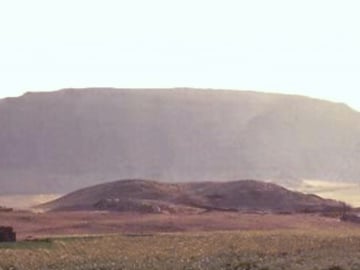
Historical landmark in Egypt. The Pyramid of Ahmose was built not as a tomb, but a cenotaph for pharaoh Ahmose I at the necropolis of Abydos, Egypt. It was the only royal pyramid built in this area. Today only a pile of rubble remains, reaching a height of about 10 m.
The pyramid was first examined by Arthur Mace and Charles Trick Currelly in 1899. In 1993 Stephen P. Harvey conducted intensive excavations on the area surrounding the pyramid.
The pyramid was constructed from sand and rubble and only the usual limestone casing kept the building in shape. It had a base length of 52.5 m (172 ft) and was about 40 m (130 ft) high. The inclination of the sides was 60°.
It did not feature any chambers for burial. Around the pyramid were a number of temples and also a small cenotaph pyramid for Ahmose's grandmother Tetisheri.[3]
Osireion
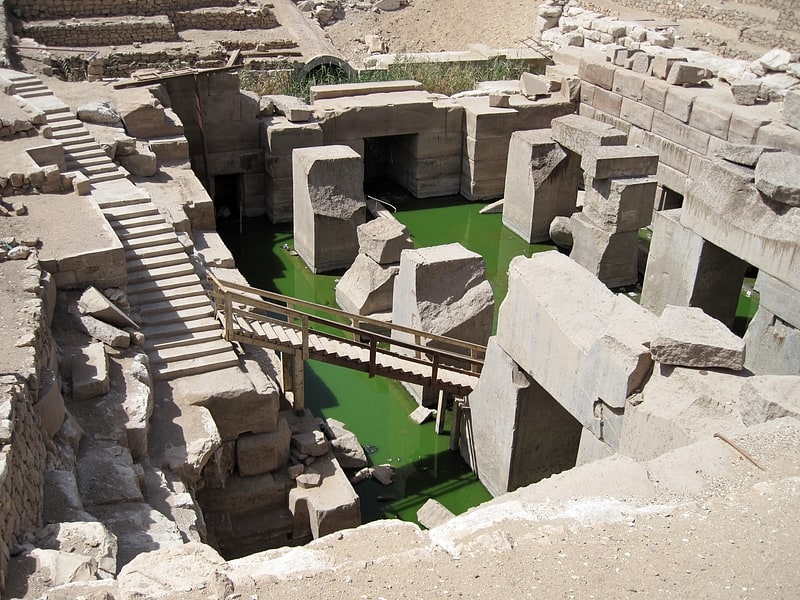
The Osirion or Osireon is an ancient Egyptian temple. It is located at Abydos, to the rear of the Mortuary Temple of Seti I.
It is an integral part of Seti I's funeral complex and is built to resemble an 18th Dynasty Valley of the Kings tomb. It was discovered by archaeologists Flinders Petrie and Margaret Murray, who were excavating the site in 1902–03. The Osirion was originally built at a considerably lower level than the foundations of the temple of Seti, who ruled from 1294 to 1279 BC. While there is disagreement as to its true age, Peter Brand says it "can be dated confidently to Seti's reign". Strabo, who visited the Osireion in the first century BC, said that it was constructed by Ismandes, or Mandes (Amenemhet III, 12th dynasty, who reigned in the 19th and 18th centuries BC), the same builder as the Labyrinth at Hawara:
Above this city lies Abydus, where is the Memnonium, a royal building, which is a remarkable structure built of solid stone, and of the same workmanship as that which I ascribed to the Labyrinth, though not multiplex; and also a fountain which lies at a great depth, so that one descends to it down vaulted galleries made of monoliths of surprising size and workmanship.[4]
Helicopter hieroglyphs
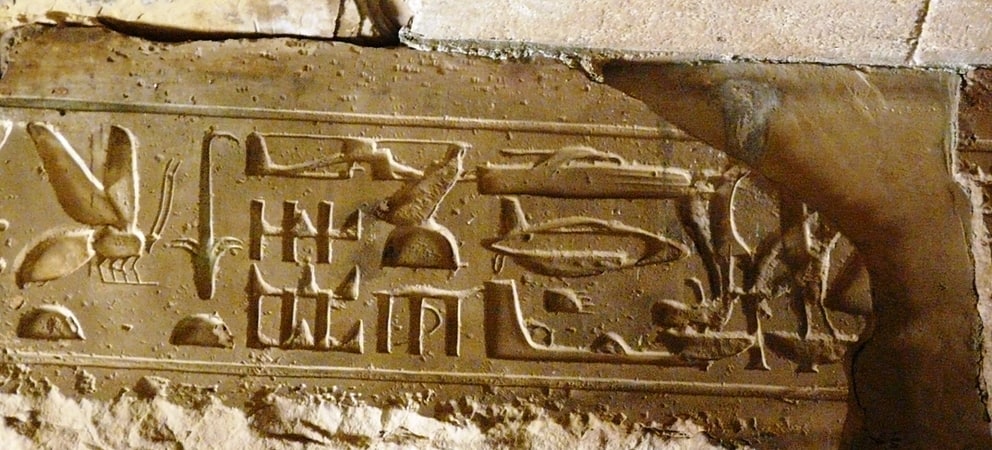
The helicopter hieroglyphs is a name given to part of an Egyptian hieroglyph carving from the Temple of Seti I at Abydos. In paleocontact hypothesis circles the hieroglyphs have been interpreted as an out-of-place artifact depicting a helicopter as well as other examples of modern technology.
The "helicopter" image is the result of carved stone being re-used over time. The initial carving was made during the reign of Seti I and translates to "He who repulses the nine ". This carving was later filled in with plaster and re-carved during the reign of Ramesses II with the title "He who protects Egypt and overthrows the foreign countries". Over time, the plaster has eroded away, leaving both inscriptions partially visible and creating a palimpsest-like effect of overlapping hieroglyphs. As with all dates in Ancient Egypt, the actual dates of Seti's reign are unclear, and various historians propose different dates, with 1294 BC to 1279 BC and 1290 BC to 1279 BC being the most commonly used by scholars today.[5]
Address: El Haraga, Abydos
Shunet El Zebib

Historical landmark in Egypt. Shunet El Zebib, alternatively named Shuneh and Middle Fort, is a large mudbrick structure located at Abydos in Upper Egypt. The edifice dates to the Second Dynasty, and was built by the ancient Egyptian king Khasekhemwy.[6]
Abydos King List
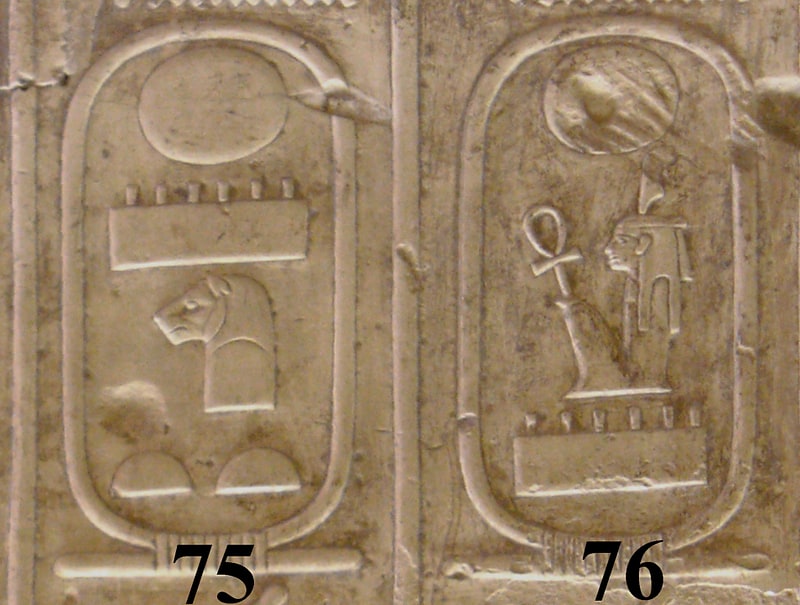
The Abydos King List, also known as the Abydos Table, is a list of the names of 76 kings of ancient Egypt, found on a wall of the Temple of Seti I at Abydos, Egypt. It consists of three rows of 38 cartouches in each row. The upper two rows contain names of the kings, while the third row merely repeats Seti I's throne name and nomen.
Besides providing the order of the Old Kingdom kings, it is the sole source to date of the names of many of the kings of the Seventh and Eighth Dynasties, so the list is valued greatly for that reason.
This list omits the names of many earlier pharaohs who were apparently considered illegitimate — such as the Hyksos, Hatshepsut, Akhenaten, Smenkhkare, Tutankhamen, Sobekneferu, Mentuhotep I, Intef I, Intef II, Intef III, and Ay.[7]
S 10
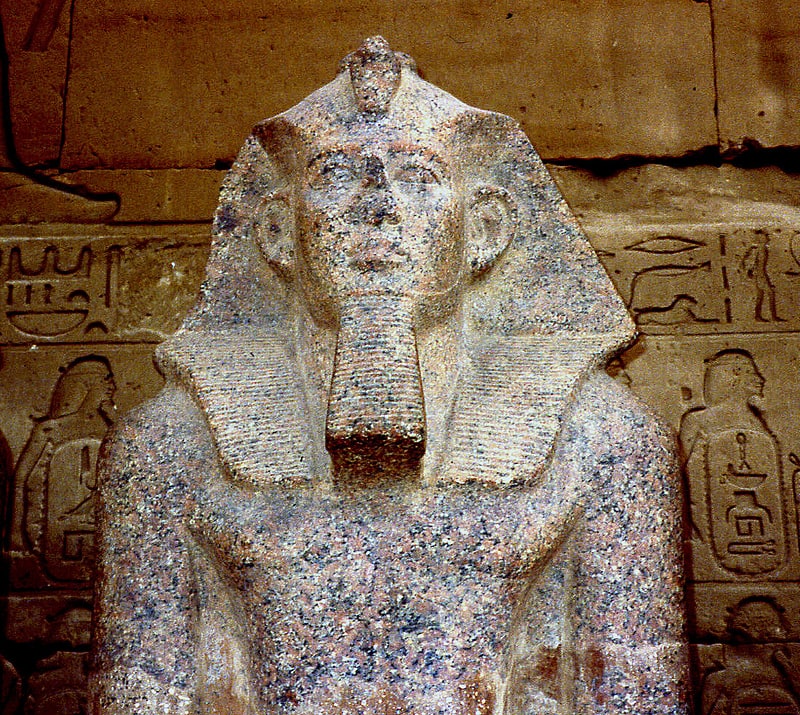
S 10 is the modern name given to a monumental ancient Egyptian tomb complex at Abydos in Egypt. The tomb is most likely royal and dates to the mid-13th Dynasty. Finds from nearby tombs indicate that S10 suffered extensive state-sanctioned stone and grave robbing during the Second Intermediate Period, only a few decades after its construction, as well as during the later Roman and Coptic periods. These finds also show that S10 was used for an actual burial and belonged to a king "Sobekhotep", now believed to be pharaoh Sobekhotep IV. According to the Egyptologist Josef W. Wegner who excavated S10, the tomb might originally have been capped by a pyramid, although Aidan Dodson states that it is still unclear whether S10 was a pyramid or a mastaba.[8]
S 9
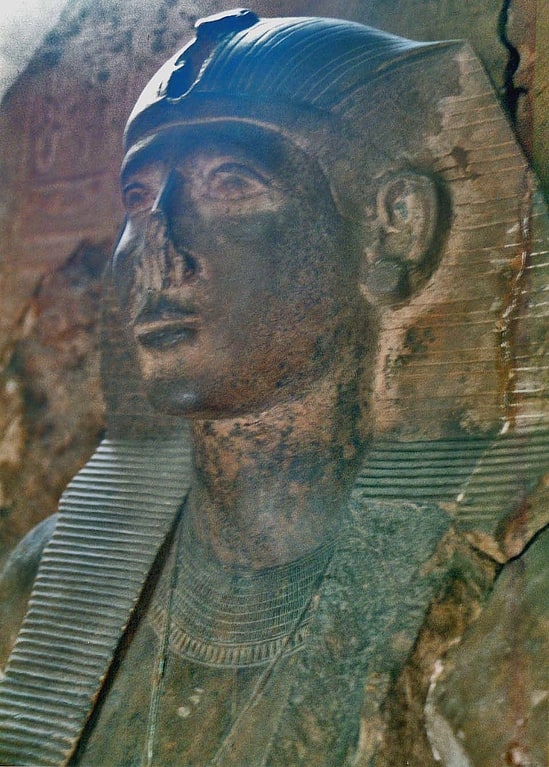
S 9 is the modern name given to a monumental ancient Egyptian tomb complex at Abydos in Egypt. The tomb is most likely royal and dates to the mid-13th Dynasty, during the late Middle Kingdom. Finds from the area of the tomb indicate that S9 suffered extensive, state-sanctioned stone and grave robbing during the Second Intermediate Period, only a few decades after its construction, as well as during the later Roman and Coptic periods. Although no direct evidence was found to determine the tomb owner, strong indirect evidence suggest that the neighbouring and slightly smaller tomb S10 belongs to pharaoh Sobekhotep IV. Consequently, S9 has been tentatively attributed by the Egyptologist Josef W. Wegner to Sobekhotep IV's predecessor and brother, Neferhotep I. According to Wegner, the tomb might originally have been capped by a pyramid.[9]
Kom El Sultan
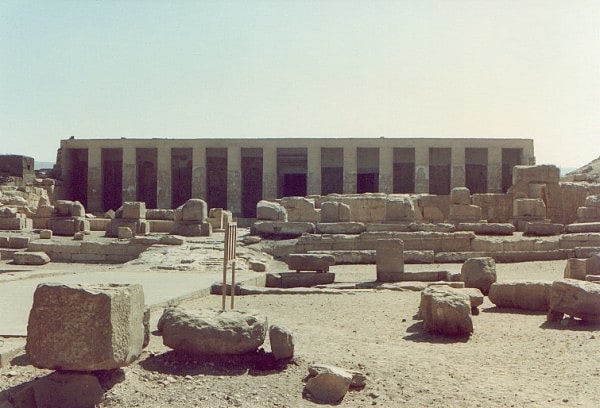
The area now known as Kom El Sultan is located near Abydos, in Egypt. It is a big mudbrick structure, the purpose of which is not clear and thought to have been at the original settlement area, dated to the Early Dynastic Period. The structure includes the early temple of Osiris, which was probably built on the location of the temple to the earlier local deity Khenti-Amentiu. Much of the original settlement is now lost under modern construction and cultivation but excavations have revealed hundreds of stelae which have yielded a good deal of information about the cult of Osiris. A beaten path still leads from Kom El Sultan to Umm El Qa'ab, showing the way pilgrims took in the past.
The only known statue of Khufu was found here and recently a portal temple to Ramesses II has been excavated here.[10]